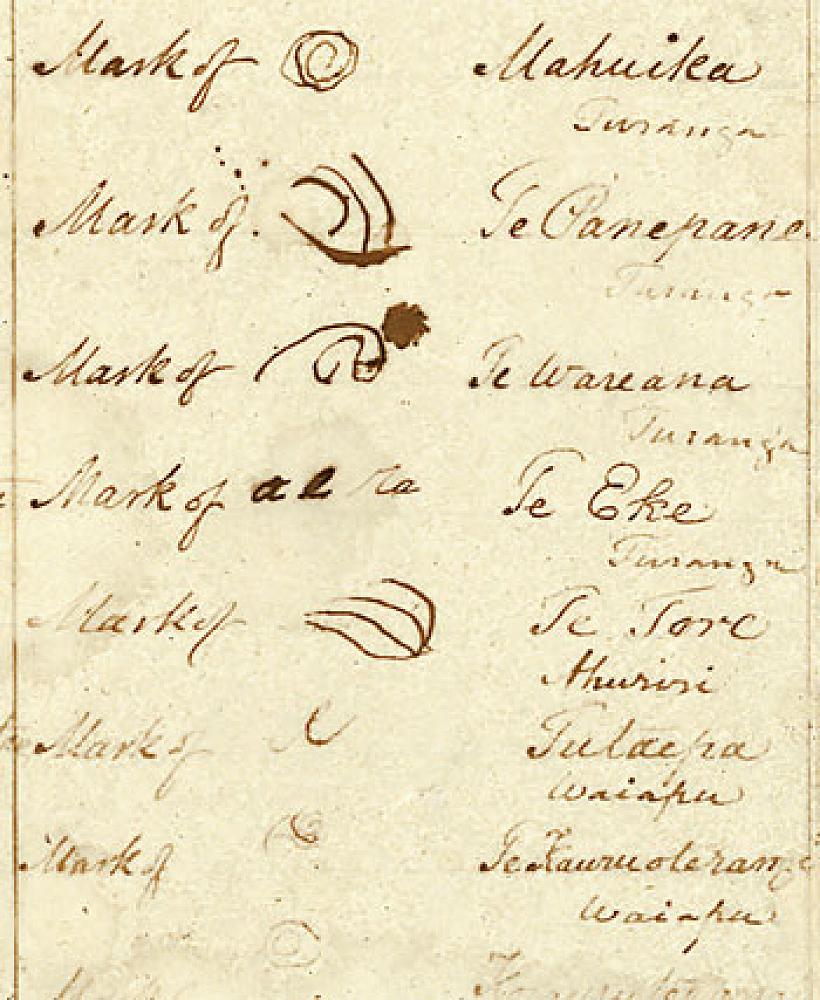
Te Tiriti o Waitangi - The Treaty of Waitangi
The Treaty of Waitangi principle is one of eight principles in The New Zealand Curriculum that provide a foundation for schools' decision making. The Treaty of Waitangi principle calls for schools and teachers to deliver a curriculum that:
- acknowledges the Treaty of Waitangi principles
- acknowledges our nation’s bicultural foundations
- enables students to acquire knowledge of te reo Māori and tikanga Māori.
The Treaty of Waitangi principle isn’t just about studying Treaty history or having a kapa haka group. The Treaty of Waitangi principle calls for schools to understand and honour Treaty principles in all actions and decision making. It is about making our country’s bicultural foundations evident in school policies, organisation, physical spaces, whānau and community engagement, and classroom planning and assessment.
The three “P’s”, as they are often referred to, are the principles of partnership, participation and protection. These underpin the relationship between the Government and Māori under the Treaty of Waitangi. They are used to bridge the gap between the literal differences between the Māori and English texts.
Partnership is:
engaging with Māori community
inquiry- place based learning-finding out about the history and Māori origins of your rōhe, mountains, rivers
having Māori representatives on boards of trustees
equity for Māori
power sharing
Protection is:
valuing, validating and protecting local knowledge (place-based learning)
normalising te reo Māori
learning and including tikanga school-wide
equity for Māori
Participation is:
working to strengthen home-school relationships
Māori participating in school decision making
School environment reflecting the biculturalism of Aotearoa
aspirations of Māori whānau reflected in school planning
equity for Māori
